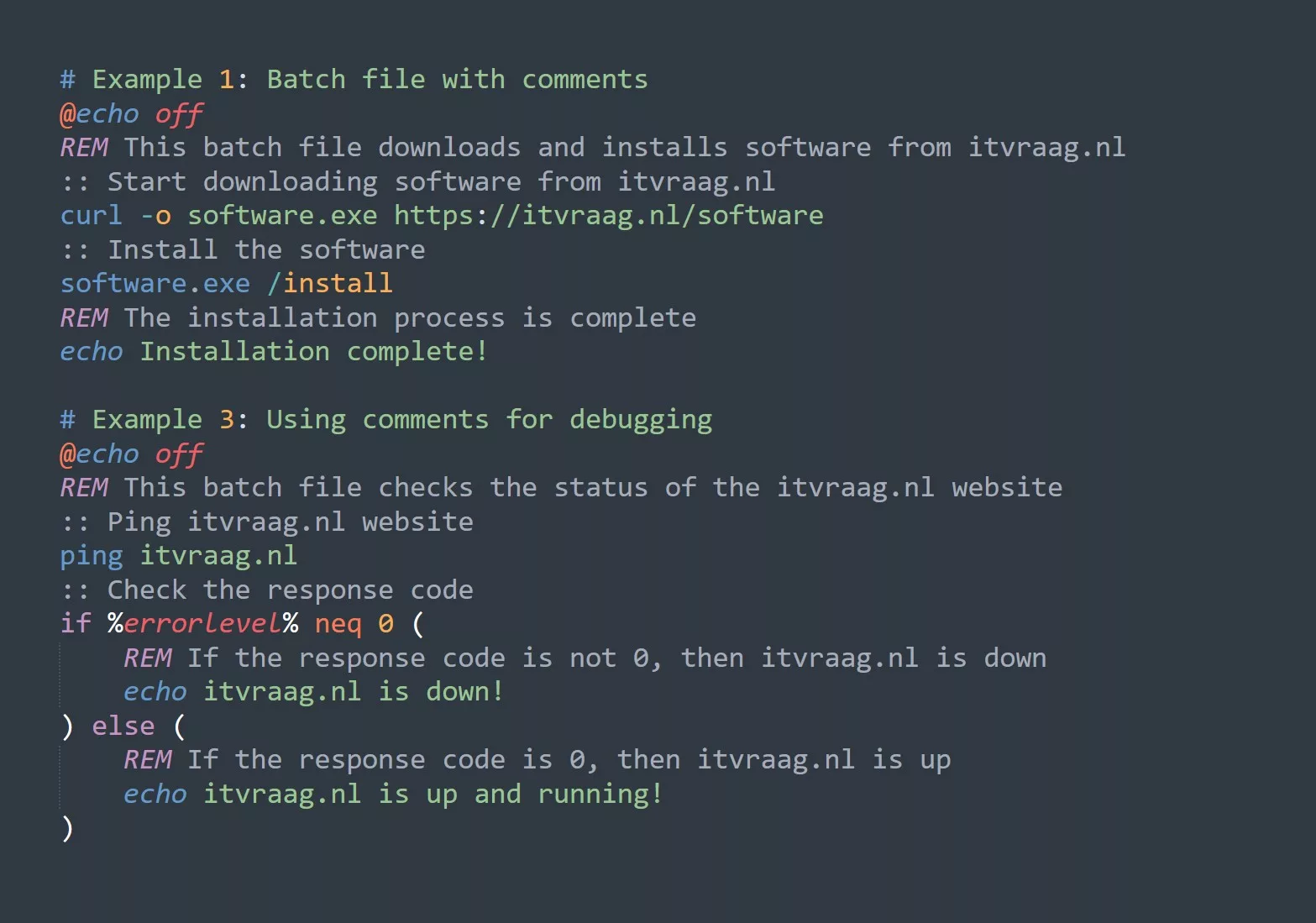Prerequisites
Before we dive into the installation process, there are a few prerequisites that must be met:
- A Puppet master must already be set up and running. If you don’t already have a Puppet master, check out these instructions to set one up.
- The Windows server node must have access to the Puppet master via a network connection.
- The Windows server node must have PowerShell version 3.0 or higher installed.
Installation
- Download the Puppet agent package from the Puppet website.
- Run the installation file and follow the prompts to install the Puppet agent. Make sure to select the option to “Start the Puppet agent service at the end of the installation.”
- Open a PowerShell window as an administrator and run the following command to configure the Puppet agent to communicate with the Puppet master:
puppet agent --test --server <PUPPET_MASTER_HOSTNAME>
Replace <PUPPET_MASTER_HOSTNAME> with the hostname of your Puppet master.
You should see output similar to this:
Info: Retrieving pluginfacts
Info: Retrieving plugin
Info: Loading facts
Info: Caching catalog for puppetmaster.example.com
Info: Applying configuration version '1578014822'
Notice: Applied catalog in 0.01 seconds
This output indicates that the Puppet agent was able to successfully communicate with the Puppet master and apply the configuration.
Surprising Facts
Did you know that you can use Puppet to automate the installation of software on your Windows servers? That’s right! With Puppet, you can define the software you want installed and Puppet will handle the rest. No more manual installations or updating software on each individual server.
Key takeaways
- Puppet is a powerful tool for automating the configuration of your infrastructure
- The Puppet agent must be installed on each server node that you want to manage with Puppet
- The Puppet agent must be able to communicate with the Puppet master in order to receive configuration updates
Tips for increased productivity
- Use Puppet to automate the installation of software on your Windows servers
- Use Puppet to configure system settings such as firewall rules and network settings
- Use Puppet to manage user accounts and permissions
- Use Puppet to deploy and update applications and services
- Use Puppet to enforce configuration standards across your organization
Challenge
Now that you’ve learned how to install the Puppet agent on a Windows server node and link it to the Puppet master, try it out for yourself! Set up a Windows server and install the Puppet agent, then use Puppet to configure some system settings. Share your results in the comments below!



